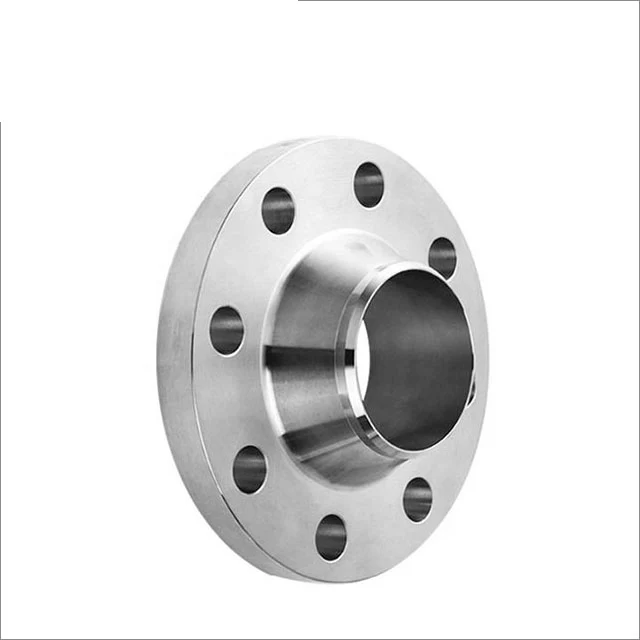What are Lap Joint Flanges?
2025-04-23
Information On Lap Joint Flanges
A lap joint flange is a type of flange that is used in piping systems. It is similar to other types of flanges, such as weld neck flanges and slip-on flanges, in that it connects pipes and other components. However, Lap Joint Flanges have a unique design that allows them to be easily disassembled and reassembled. They have a ring separate from the flange itself, allowing the flange to be easily disassembled and reassembled. They are commonly used in applications where access to the piping system is needed but are not suitable for high-pressure or high-temperature applications.
Lap joint flanges have a ring that is separate from the flange itself. This ring, known as a stub end, is attached to the pipe by welding. The flange is placed over the stub end and attached using bolts. This design allows the flange to be easily removed and reattached, making it useful when access to the piping system is needed.

Advantages of Lap Joint Flanges
One advantage of lap joint flanges is that one can use them in applications where the alignment of the flange is not critical. This is because the flange can be partially aligned with the stub end to be bolted together. This can be useful when the pipes may have shifted slightly over time, or the flanges are installed in an existing piping system.
Disadvantages Of Lap Joint Flanges
However, lap joint flanges do have some limitations. They are not suitable for high-pressure or high-temperature applications, as the bolts that hold the flange in place may not withstand the stresses of these conditions. In addition, the stub end and flange must be carefully aligned for the bolts to be installed correctly, which can be challenging in some situations.
Conclusion
In conclusion, lap joint flanges are a valuable and versatile flange commonly used in piping systems. They are easy to disassemble and reassemble, making them a popular choice in applications where access to the piping system is needed. However, they have some limitations and should not be used in high-pressure or high-temperature situations.
If you are interested in our products or have any questions, please feel free to contact us.



